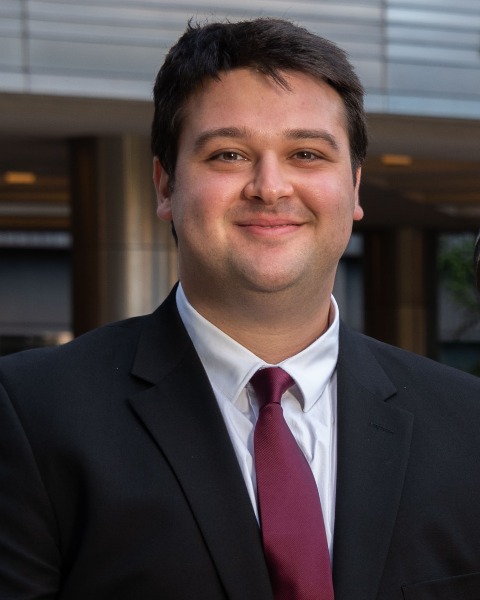Spine
Clinically Important Differences For ISNCSCI Scores and How They Differ with Various Injury Patterns
Clinically Important Differences for ISNCSCI Scores and How They Differ with Various Injury Patterns

Yagiz U. Yolcu, MD, MS
Resident
University of Minnesota
Minneapolis, MN, US
Presenting Author(s)
Introduction: Spinal Cord Injury (SCI) is a challenging disorder to manage with complex associations to numerous factors that can impact a patient’s disease course. Currently, no effective treatment has been established despite promising studies. ISNCSCI score is frequently utilized to track patient improvement as the primary endpoint in many clinical trials. However, the failure of studies to translate into clinical practice despite significant differences in ISNCSCI scores led to the question of whether every change in this scoring system should be considered significant. Therefore, this study aimed to identify clinically important differences using multiple approaches and stratification.
Methods: The National SCI Model Systems Database was utilized as the main data source for this study. Patients with traumatic SCI between 2000 and 2016 were obtained from the database. Distribution and anchor-based methods were utilized to determine clinically important differences in total motor scores one year after the injury. Change in Functional Independence Measure scale between the time of injury and one-year follow-up was used to determine clinical improvement. Subgroup analyses were performed based on age, sex, injury level, and severity.
Results: A total of 1,682 patients were included in the assessment of the motor scores. The majority of the patients were males (70.8%) and the mean age at the time of injury was 38.1 years. The most common neurological level of injury was cervical (44.4%) and 645 patients (38.3%) had a complete injury (ASIA A). Identified clinically important differences ranged between 0 and 30 points for total motor score, with higher averages with anchor-based approaches and among patients with cervical cord injury and older than 65.
Conclusion : Larger changes in total motor scores were obtained as clinically important differences when a clinical indicator is used as a marker of improvement, suggesting that the comparison of ISNCSCI scores alone might not perfectly translate to the clinical setting when a proposed treatment is being evaluated for SCI. In addition, patients’ recovery might differ significantly based on factors such as age and the level of injury.
Methods: The National SCI Model Systems Database was utilized as the main data source for this study. Patients with traumatic SCI between 2000 and 2016 were obtained from the database. Distribution and anchor-based methods were utilized to determine clinically important differences in total motor scores one year after the injury. Change in Functional Independence Measure scale between the time of injury and one-year follow-up was used to determine clinical improvement. Subgroup analyses were performed based on age, sex, injury level, and severity.
Results: A total of 1,682 patients were included in the assessment of the motor scores. The majority of the patients were males (70.8%) and the mean age at the time of injury was 38.1 years. The most common neurological level of injury was cervical (44.4%) and 645 patients (38.3%) had a complete injury (ASIA A). Identified clinically important differences ranged between 0 and 30 points for total motor score, with higher averages with anchor-based approaches and among patients with cervical cord injury and older than 65.
Conclusion : Larger changes in total motor scores were obtained as clinically important differences when a clinical indicator is used as a marker of improvement, suggesting that the comparison of ISNCSCI scores alone might not perfectly translate to the clinical setting when a proposed treatment is being evaluated for SCI. In addition, patients’ recovery might differ significantly based on factors such as age and the level of injury.

.jpg)